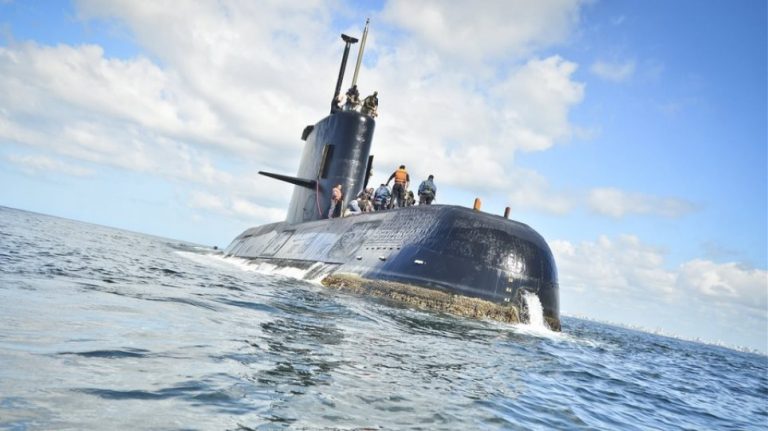Most modern submarine-launched torpedoes are dual-purpose, meaning they are able to sink a ship or submarine, but they have different characteristics and methods for achieving those goals. Single-purpose torpedoes have a very specific method of attack and can be difficult to evade. In this article, we will cover the capabilities of both kinds of submarine-launched torpedoes and how they actually work, which is very different than what you have probably seen in the movies.
Modern submarine torpedoes come in two variants: thermal and electric. Thermal torpedoes use a fuel, such as OTTO Fuel II, which can be burned without an external oxygen source. A gas turbine or axial piston engine converts this fuel into torque that spins counter-rotating propellers, propelling the torpedo up to speeds in excess of 60 knots. Higher speeds can be achieved if Hydroxylammonium Perchlorate (HAP) is injected during fuel combustion. A HAP boost gives thermal torpedoes a speed advantage over electric torpedoes.
How rumors about North Korea develop
Thermal torpedoes can have a much longer-range at higher-speeds than their electric counterparts. Liquid fuel stores more energy and can be burned more efficiently in modern gas turbines engines, giving these lethal weapons the engagement range and speed required to hit any target from outside detection range.
Read more: The Drive
Ask me anything
Explore related questions





